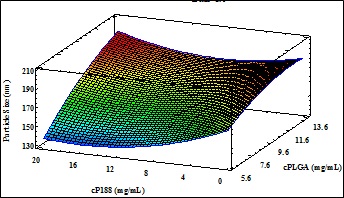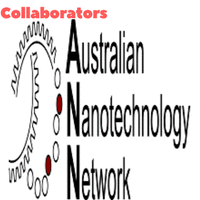Roberto Gonzalez Pizarro
University of Barcelona, Spain
Title: Fluorometholone –loaded nanospheres PLGA for the treatment of oculars disorders
Biography
Biography: Roberto Gonzalez Pizarro
Abstract
Fluorometholone (FMT) is a drug that is used in ophthalmology for inflammatory and allergic processes. However, commercials formulations have low residence time in the corneal area, obtaining no-effective therapeutic levels. The purpose of this study was to developed poly(lactic-co-glycolic-acid) (PLGA)-nanospheres (NSs) loaded with FMT in order to increase the ocular bioavailability of FMT. The NSs were prepared by the solvent displacement method using poloxamer 188 as surfactant and acetone as organic solvent. To optimize and to investigate the correlation between independents variables (such as the pH of aqueous phase, concentrations of poloxamer 188 and of the FMT) and the dependents variables (average particle size (Zav), polydispersity index (PI), zeta potential (ZP) and encapsulation efficiency (EE)) previously a factorial design was applied. At same time, the Zav of NSs was checked by transmission electronic microscopy (TEM). X-ray diffraction, infrared spectroscopy and differential scanning calorimetry were applied to evaluate interaction drug-polymer. Following this, the biopharmaceutical behavior (release in vitro) and the ex vivo ocular permeation of optimized formulation was studied using Franz cells. The interaction studies showed that there is no link formation between the drug and the other components of the nanostructured system. Also, the optimized formulation selected by factorial design showed a good stability which it was measured by Turbiscan®. The NSs evidenced a slow and prolonged profile release and a better bioavailability than commercials formulations. According to the above described, this developed nanostructured system of prolonged release could be used for the treatment of inflammatory and allergic ophthalmic disorders.

The authors would like to thank CONICYT (National Commission for Scientific and Technological Research) of Chile and the Spanish Ministry of Science and Innovation grant (MAT2014-59134R) for financial support.

